In a foreword to the new book from Thames & Hudson – 100 SCULPTORS OF TOMORROW – art historian, critic and curator Richard Cork charts sculpture’s changing place in the art world
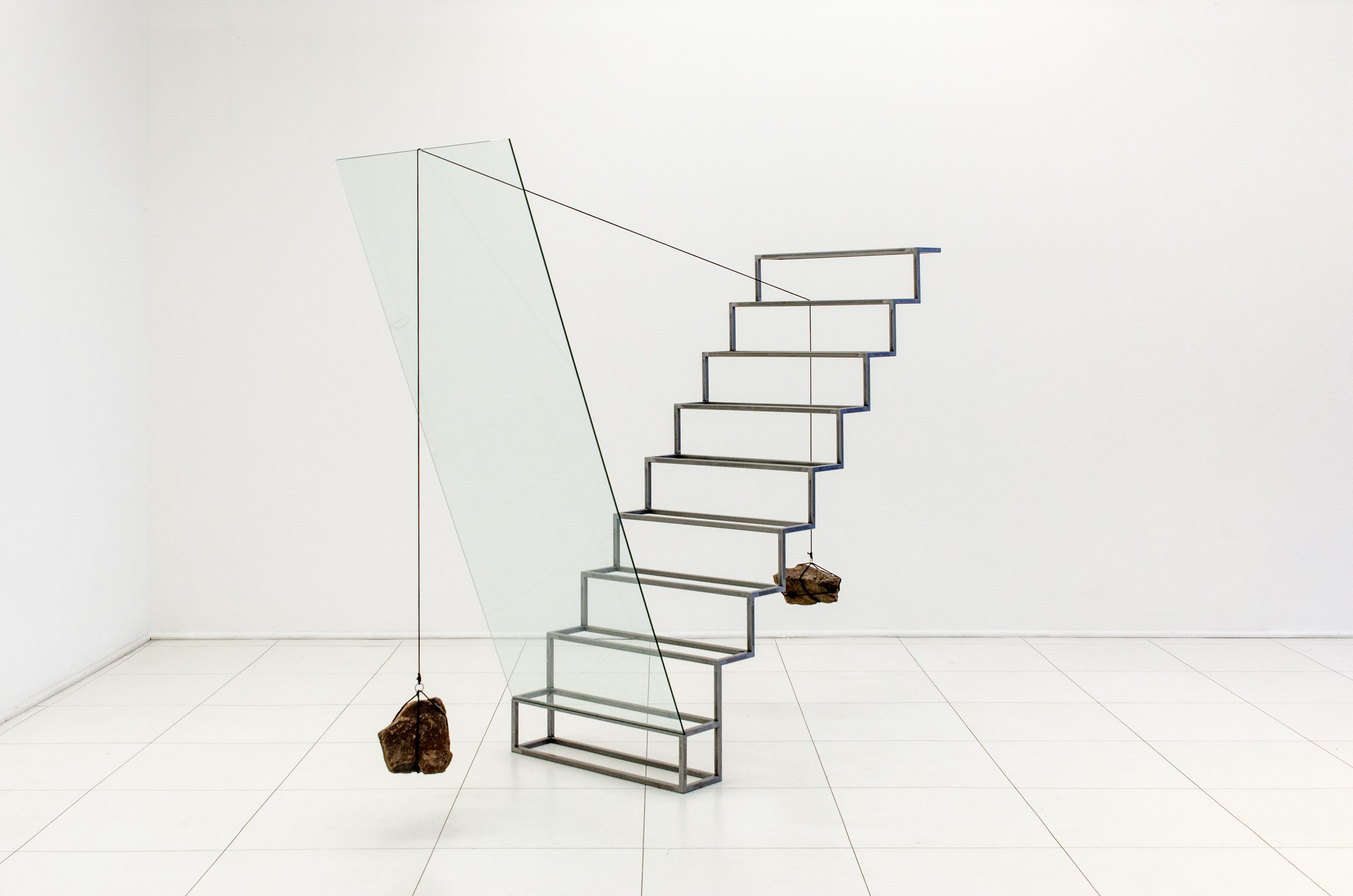
For too long, sculpture was in danger of losing its prominence as a major art form. The classical tradition, celebrated at London’s British Museum by the Athenian marble carvings from Lord Elgin’s collection, became regarded as a stifling exemplar of academic predictability. At the beginning of the twentieth century, rebellious young modernists wanted to escape from the hallowed world of dignified, anatomically idealised figures posing on plinths or embellishing grandiose buildings. Sculpture was overshadowed by experimental painting, though artists as audacious as Henri Matisse and Pablo Picasso sometimes explored the potential of three-dimensional forms while pursuing their primary commitment to mark-making on canvas.
So did Marcel Duchamp. His defiant exploration of ready-made objects – a bicycle wheel, a bottle rack, the highly provocative urinal – opened up immense new possibilities for radical sculptors. By the end of the twentieth century, sculptors felt free to deploy an extraordinarily wide, unpredictable range of materials in their work. And now, as this book attests with such vigour, the sculptors of tomorrow refuse to be constrained in any way by traditional approaches. The old idea that bronze was the ideal medium no longer plays any part in their thinking. Instead, they are not afraid to use alternatives as fragile as glass.
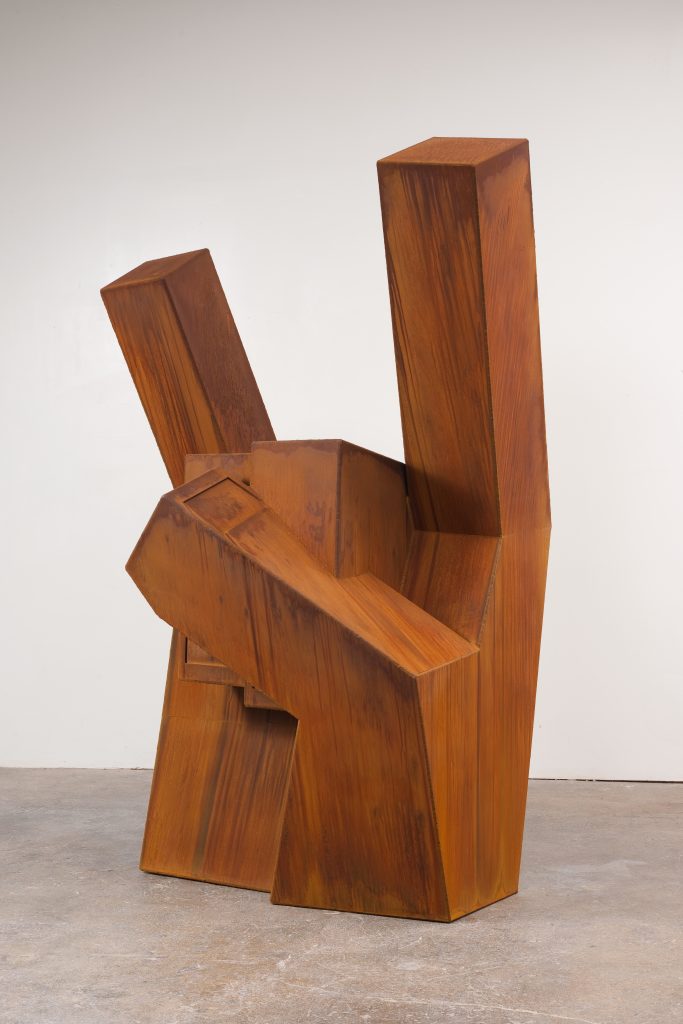
Sculpture used to be considered a fundamentally ‘tough’ activity, lauding bodily perfection. But practitioners in the 21st century are increasingly preoccupied with vulnerability. Damaged or shattered images play a central role in sculpture now. Even at its most monumental, poignant notions of fragility and loss often lurk inside a work, vividly reflecting the widespread instability and sudden, unpredictable violence threatening the world we inhabit today.
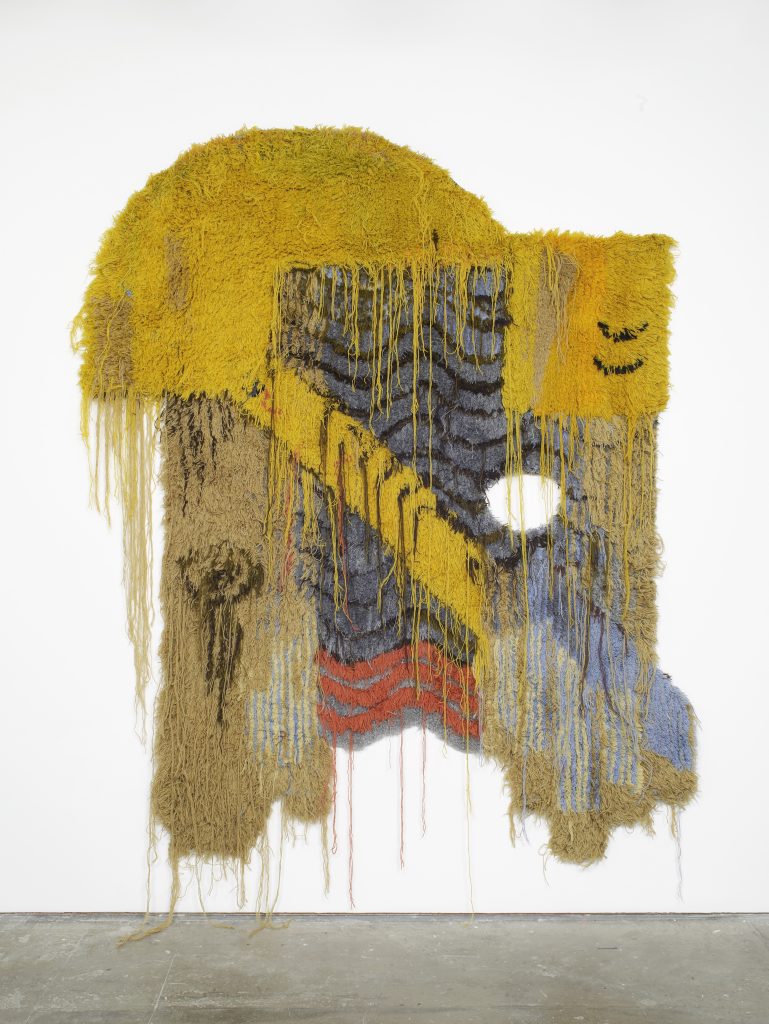
Nor is sculpture still regarded as an exclusively male activity. During the twentieth century, practitioners like Barbara Hepworth and Louise Bourgeois broke through this sexist barrier and proved that outstanding, adventurous three-dimensional pieces could be created by women. They fought the dismissive hostility of indignant defenders of sculpture as a manly pursuit, and today such prejudice is regarded as an aberration of the past. Female practitioners are abundantly represented throughout this book, and play a crucial role in widening the possibilities of present-day sculpture.
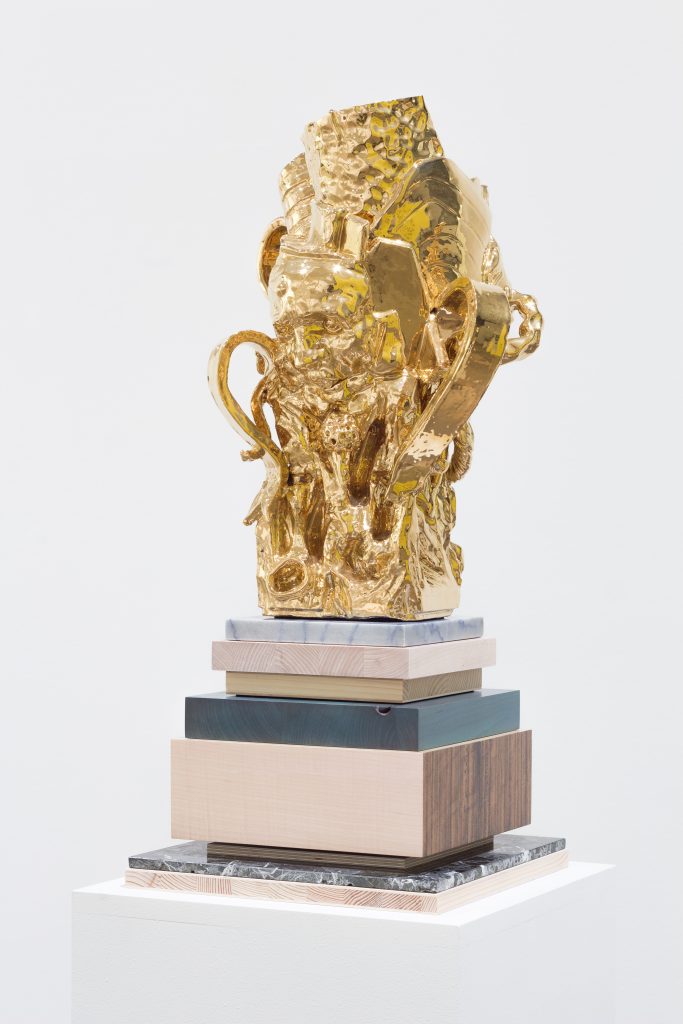
Restrictive national boundaries have likewise been torn down. Plenty of artists now live and work in locations far removed from the countries where they grew up. Their determination to roam around enriches the work they produce and increases the stimulating dialogue between sculptors across the world. Leafing through the pages of this book, we soon realise that an astonishing array of possibilities are now playing a part in sculpture. Far from being confined by narrow, defensive and pedantic rules, its potential seems limitless, and certain to play a continually challenging role in the art of the future.
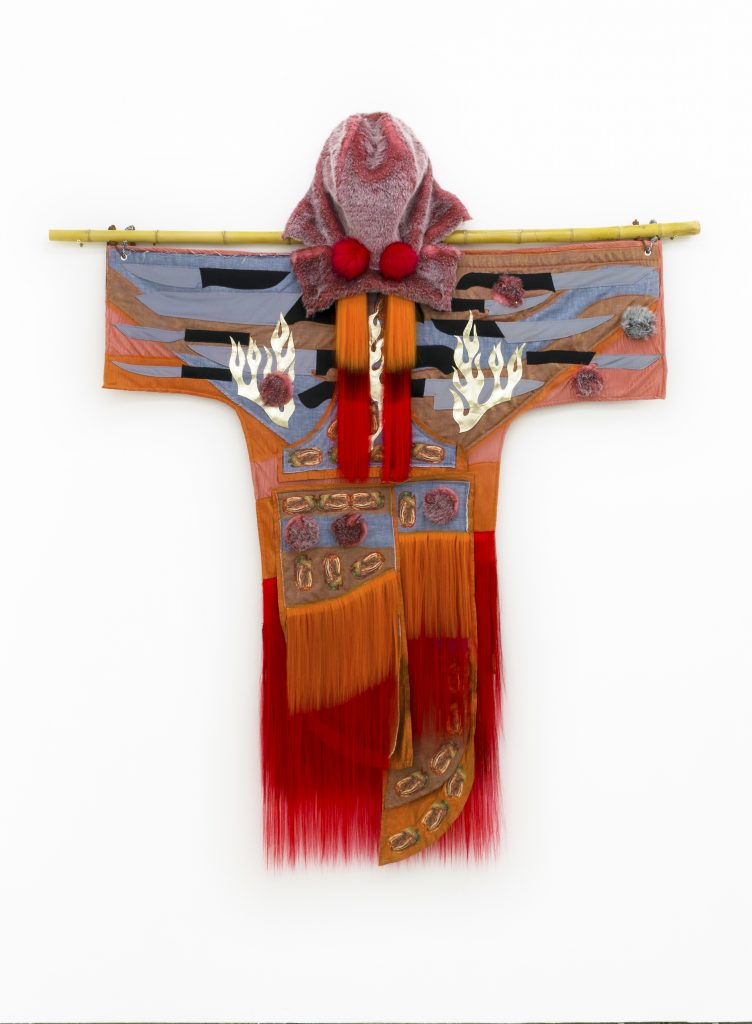
100 SCULPTORS OF TOMORROW by Kurt Beers is released September 2019 by Thames & Hudson